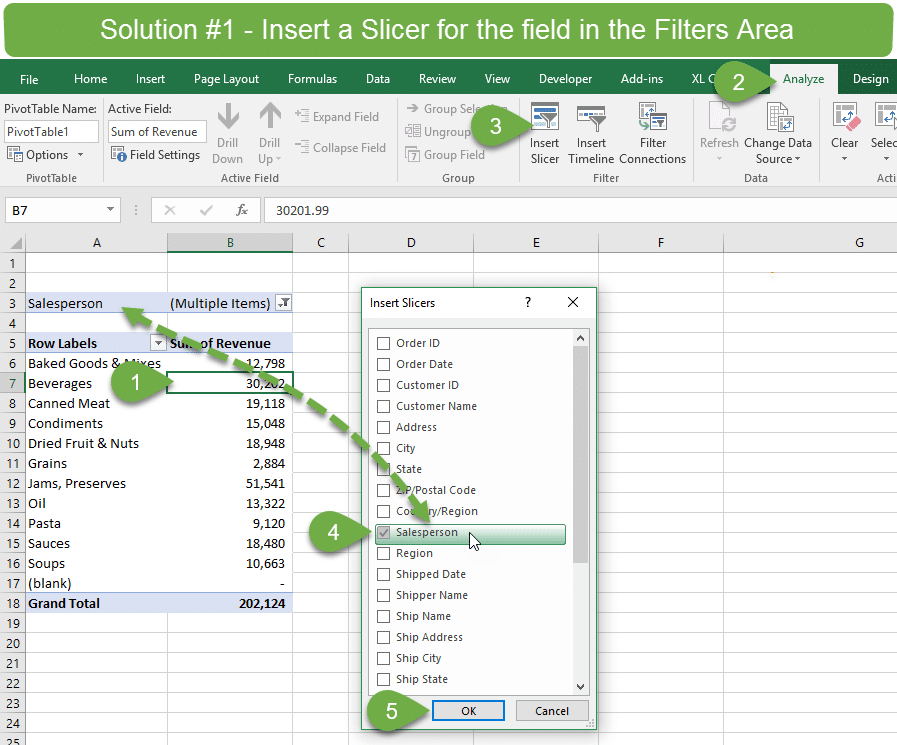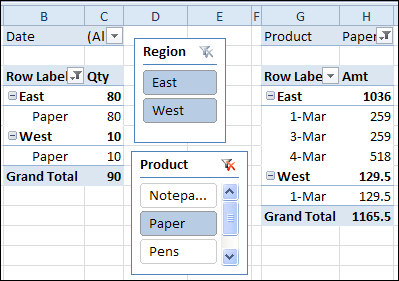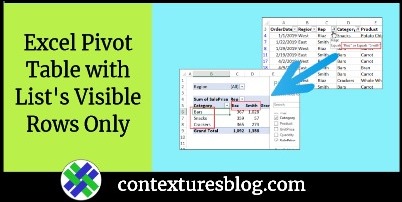
Right-Click on any cell within the Dates column and select Group from the fly-out list. To follow using our example data, download Group PivotTables by Month.xlsx Images in this article were taken using Excel 2013 on the Windows 7 OS.

Steps shown below apply to Excel 2007 and later. To use the Group feature within a PivotTable, create or open the PivotTable that contains data organized by date. By grouping within the PivotTable itself, you avoid constantly changing your source data and creating multiple PivotTables from the same data. One such feature allows you to view data by date groupings (such as month, quarter, even week and hour of day). PivotTables have some useful “hidden” features that can make interpreting your data even easier.

Format your data as an Excel Table before creating your pivot.By Tepring Crocker Categories: Excel®, PivotTables Tags: Excel, excel pivottable group by month, PivotTable Excel Tables functionality will adjust your pivot source for you automatically. It's kind of a kludge, but it does what you need and should accommodate new data assuming your pivot source range gets updated. The value grid is filtered by the selections for columns and rows.

You should be left with one column which counts values above or equal to 126 by year.Įxcel pivot tables filter on the values in rows and columns in a pivot table, not the value grid. Click the down arrow on the filter and exclude <126. Click the down arrow on the counted field in Columns, click Move to Report Filter. Right click on the Column Labels, click Group, in the Grouping dialog - Starting at = 126, By: = 2000. Or, you can drop the Count on Waiting List in the columns box.

Have the pivot count this helper column, Then exclude the FALSE column from your table. Power Pivot may have functionality to filter values.įirst, you can create a helper column that determines if the value meets your criteria. They are both kind of kludgey, but they do what you need. I downloaded your sheet and there are two potential resolutions.


 0 kommentar(er)
0 kommentar(er)
